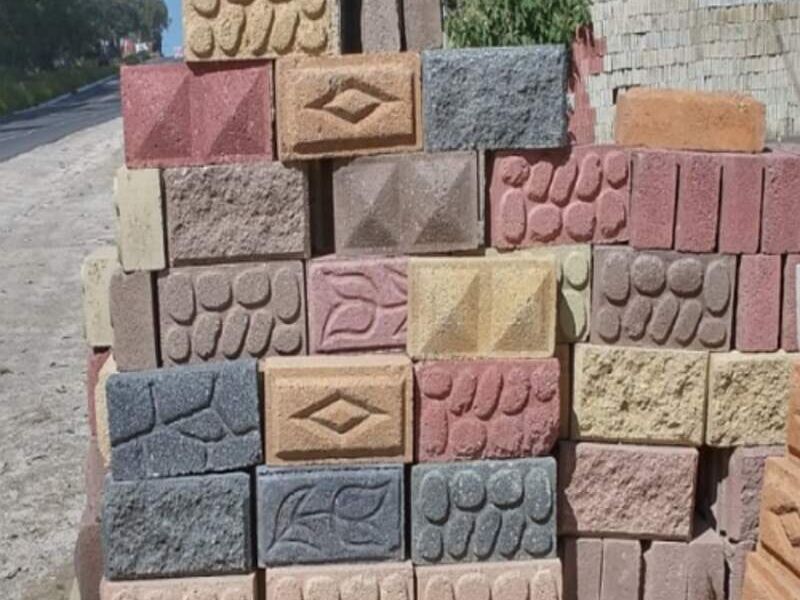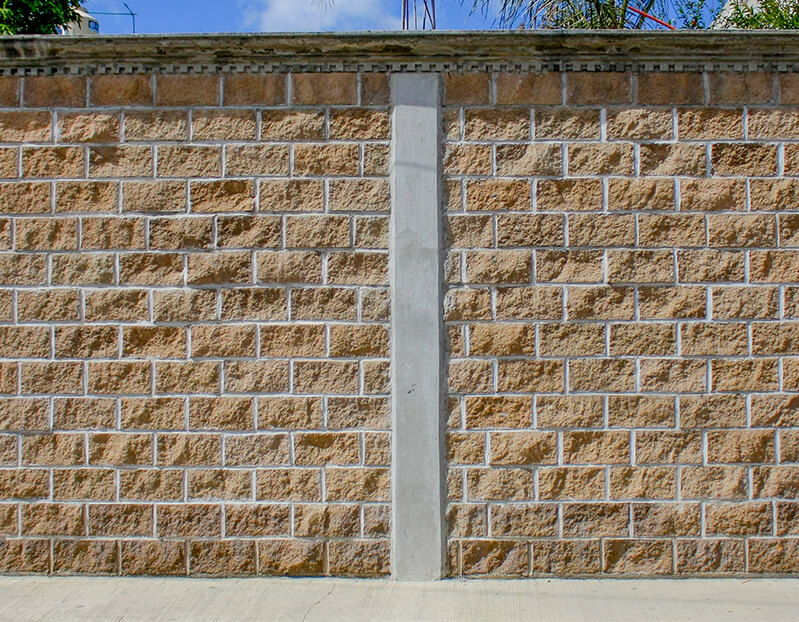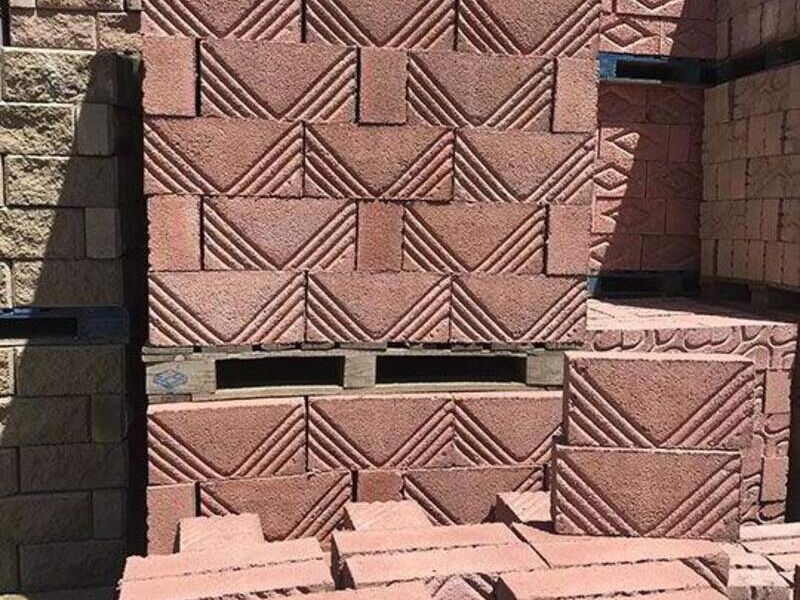In the world of architecture and design, the importance of aesthetics should never be underestimated. Over the years, I have come to appreciate the beauty and functionality of decorative blocks, commonly known as block decorativo. These blocks not only serve structural purposes but also enhance the visual appeal of homes, buildings, and commercial spaces. In this article, I will take you through the various types of decorative blocks, their uses, advantages and disadvantages, and personal experiences that highlight their practical applications. Join me as we explore the wonderful world of decorative blocks!
What are Decorative Blocks?
Decorative blocks are designed with both functionality and artistry in mind. They come in various shapes, sizes, and materials, making them versatile options for different construction projects. Depending on your design vision, these blocks can be used for interior and exterior walls, landscaping, or even artistic installations.
Types of Decorative Blocks (Tipos de Block Decorativo)
1. Concrete Blocks
Concrete blocks are one of the most common types of decorative blocks. They are made from a mixture of cement, water, and aggregates, resulting in a durable and strong building material.
- Pros: High strength, fire-resistant, weather-resistant.
- Cons: Heavier than other materials, may absorb moisture.
2. Glass Blocks
Glass blocks offer a unique aesthetic appeal, allowing natural light to filter through while providing privacy. They come in various designs, including clear, frosted, and tinted options.
- Pros: Light-transmitting, available in many designs.
- Cons: Higher cost, can be fragile.

3. Natural Stone Blocks
Natural stone blocks are renowned for their beauty and durability. They can be made from granite, limestone, slate, and other stones, offering a timeless look.
- Pros: Unique appearance, long-lasting.
- Cons: Expensive, heavier, requires special treatment for installation.
4. Ceramic Blocks
Ceramic blocks are made from fired clay and are known for their aesthetic quality. They are often used in interior designs, such as feature walls.
- Pros: Various colors and designs, easy to clean.
- Cons: Not very strong, can crack under pressure.

5. Interlocking Blocks
Interlocking blocks are designed to fit together seamlessly, making them ideal for DIY projects and retaining walls.
- Pros: Easy to install, no mortar needed.
- Cons: Limited designs, may not be as sturdy as other options.
How to Choose the Right Decorative Block
When selecting decorative blocks for your project, consider the following factors:
- Purpose: What will the primary use of the blocks be?
- Design: Which aesthetic appeals to you?
- Budget: How much are you willing to spend?
- Durability: How long do you need the blocks to last?

Comparison Table of Decorative Blocks
| Type of Block | Pros | Cons | Best Use |
|---|---|---|---|
| Concrete Blocks | Durable, fire-resistant | Heavy, moisture-absorbing | Structural walls |
| Glass Blocks | Light-transmitting | Fragile, expensive | Decorative walls |
| Natural Stone Blocks | Unique appearance | Expensive, heavy | Landscaping, facades |
| Ceramic Blocks | Easy to clean | Not very strong | Interior designs |
| Interlocking Blocks | Easy installation | Limited designs | Retaining walls |

My Personal Experience with Decorative Blocks
In my own home renovation journey, I came across different types of decorative blocks, and each type had its charm and unique challenges. For instance, I initially opted for glass blocks to create a stunning divider between my living room and office space. The way sunlight danced through them was mesmerizing! However, I soon realized that while they were beautiful, the installation process was more complicated than I had anticipated.
On another occasion, I used interlocking blocks for a small garden wall. The ease of installation made it a perfect weekend project, and the result was both functional and visually appealing. These experiences taught me that choosing the right decorative block can significantly impact not only the final look of your project but also the ease of installation and maintenance.

Pros and Cons of Using Decorative Blocks
Advantages
- Aesthetic Appeal: Decorative blocks can significantly enhance the beauty of a space.
- Versatility: They can be used in various applications, from walls to gardens.
- Durability: Most blocks are built to last, making them a worthy investment.

Disadvantages
- Cost: Some decorative blocks can be quite expensive, impacting your budget.
- Installation Complexity: Some types may require professional installation.
- Weight: Certain blocks, like natural stone, are heavy and may require additional support.
Frequently Asked Questions (FAQs)
What are the most popular types of decorative blocks?
The most popular types include concrete blocks, glass blocks, natural stone blocks, ceramic blocks, and interlocking blocks.
Are decorative blocks suitable for outdoor use?
Yes, many decorative blocks, especially concrete and natural stone, are designed to withstand outdoor conditions.
Can I install decorative blocks myself?
It depends on the type of block. Some blocks, like interlocking blocks, are easy for DIY enthusiasts, while others may require professional installation.
How do I maintain decorative blocks?
Maintenance varies by type. Generally, regular cleaning and sealing (for natural stones) are recommended to keep them looking their best.
Conclusion
Decorative blocks are an excellent choice for anyone looking to enhance the beauty and functionality of their spaces. With various types available, each offering unique benefits and characteristics, the right choice can make a significant difference in your home’s aesthetics. Whether you’re planning a simple DIY project or a more extensive renovation, understanding the types of decorative blocks will guide you in making the best decision. Embrace creativity, and let your project shine with the right block decorativo!